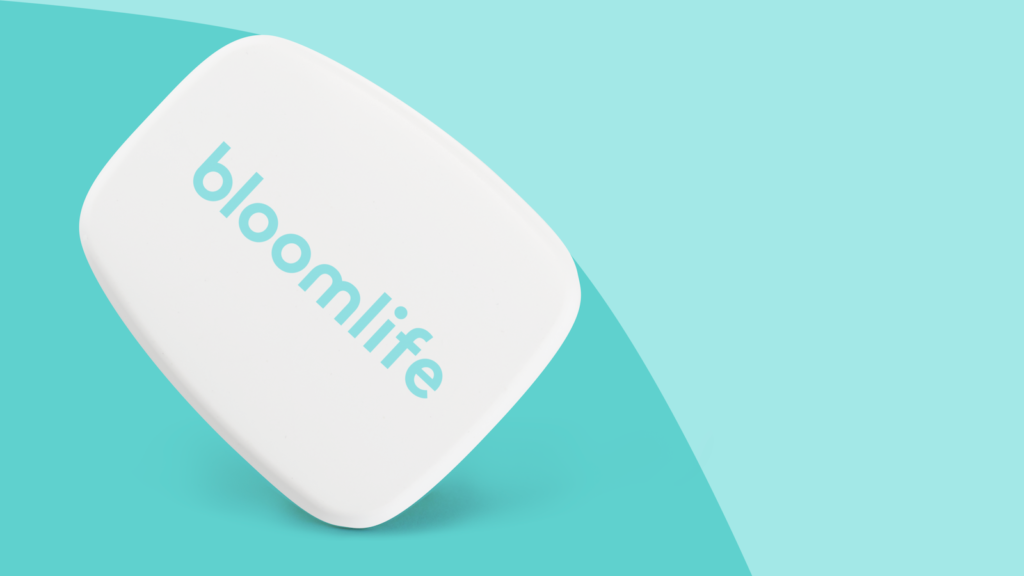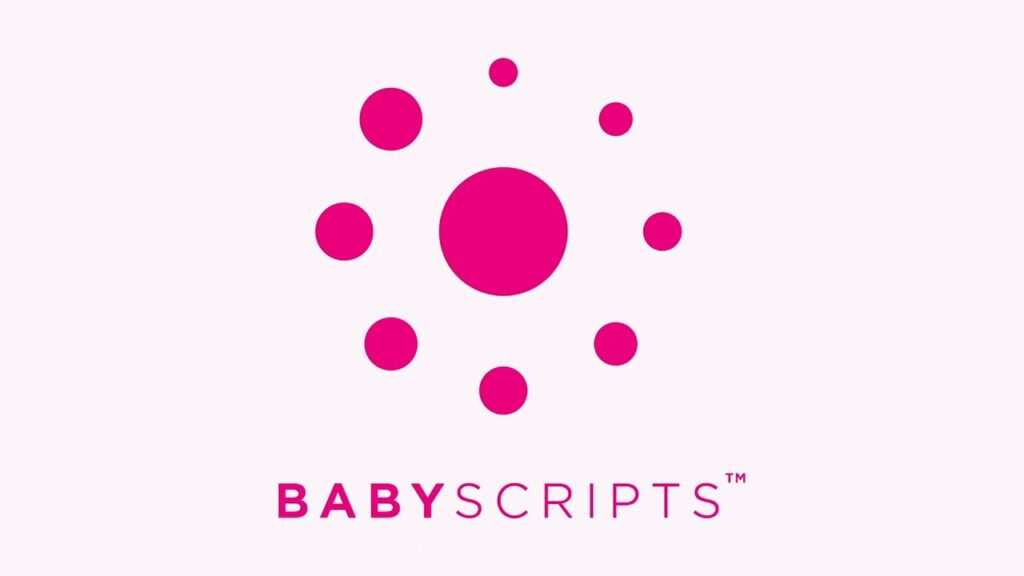In recent years, the field of maternal health has seen significant advancements in technology, particularly in the area of remote monitoring. These innovations are addressing critical issues in maternal care, including the prevalence of maternity care deserts and the need for continuous monitoring during pregnancy and postpartum periods. This article explores the current landscape of maternal health monitoring devices and the companies leading the charge in this vital healthcare sector.
Table of Contents
ToggleThe Need for Advanced Maternal Health Monitoring
The United States faces a maternal health crisis, with over 1,200 women dying annually from preventable pregnancy-related complications. This crisis is exacerbated by the fact that more than 35% of U.S. counties are classified as “maternity care deserts,” areas with limited or no access to maternal care resources. Additionally, the rate of high-risk pregnancies has been increasing, while there’s a growing shortage of maternal healthcare providers.
These challenges highlight the urgent need for innovative solutions that can:
- Improve access to care, especially in underserved areas
- Enable early detection of potential complications
- Reduce the burden on healthcare systems
- Empower expectant mothers with tools for self-monitoring
Key Players in Maternal Health Monitoring
Several companies are at the forefront of developing technologies to address these needs. Let’s explore some of the leading innovators in this space:
1. Bloomlife
Bloomlife offers a comprehensive connected care platform called Bloomlife Connects. This system is designed to screen for maternal and fetal risks, empowering mothers while increasing healthcare providers’ capacity to optimize care.

Key features:
- Remote patient monitoring with FDA-cleared connected devices
- Digital health screening with standardized and customizable assessments
- Data analytics with configurable clinical protocols for quick patient identification
Bloomlife’s approach aims to replace frequent in-person appointments and manual processes with a single, comprehensive platform that fits into existing clinical workflows.
2. PeriGen
PeriGen specializes in perinatal software solutions that incorporate advanced statistical analysis to enhance clinical efficiency during childbirth. Their flagship platform, PeriWatch, provides real-time analysis of complex data to promote better recognition and communication about potential problems during labor.

Key offerings:
- PeriWatch Surveillance: A maternal-fetal surveillance and early warning system
- PeriWatch Vigilance: A standalone maternal-fetal early warning system
- Integration with existing EMR and EFM systems
PeriGen’s solutions are designed to complement current workflows and have been associated with reduced complications such as uterine tachysystole and NICU admissions.
3. Babyscripts
Babyscripts offers a virtual care platform specifically for managing obstetrics. Their solution targets problems arising from the shortage of obstetrical providers and systemic barriers to care for low-income and minority women.

Key aspects:
- Mobile app and remote patient monitoring
- Interventions for conditions like preeclampsia and postpartum hypertension
- Demonstrated success in decreasing no-show rates and improving postpartum visit attendance
Babyscripts’ platform has shown promise in reducing time to identify preeclampsia and eliminating racial inequities in blood pressure monitoring.
4. Nuvo Group
Nuvo Group has developed INVU, an FDA-cleared remote pregnancy monitoring platform. This technology allows healthcare providers to conduct virtual prenatal visits and remotely monitor maternal and fetal health.

Key features:
- Non-invasive monitoring of fetal and maternal heart rates
- Remote prescription and monitoring capabilities
- AI-powered data analysis for personalized care
Nuvo’s technology aims to provide comprehensive prenatal care, particularly beneficial in areas with limited access to in-person medical facilities.
5. Janitri
Janitri focuses on developing affordable medical devices for maternal and child healthcare. Their products are designed to address the needs of both clinical settings and home use.

Key products:
- Keyar CM: A beltless ECG/EMG based fetal-maternal labor monitoring patch
- Keyar DT: A wireless and portable fetal monitor
- Daksh SI Max: A smart obstetric shock index monitor
Janitri’s solutions aim to make pregnancy monitoring more accessible and affordable, particularly in developing countries and underserved areas.
Comparative Analysis of Features
To better understand the offerings of these companies, let’s compare some of their key features:
| Feature | Bloomlife | PeriGen | Babyscripts | Nuvo Group | Janitri |
|---|---|---|---|---|---|
| Remote Monitoring | ✓ | ✓ | ✓ | ✓ | ✓ |
| Fetal Heart Rate Monitoring | ✓ | ✓ | ✓ | ✓ | ✓ |
| Maternal Vital Signs Monitoring | ✓ | ✓ | ✓ | ✓ | ✓ |
| AI-Powered Analytics | ✓ | ✓ | ✓ | ✓ | – |
| Mobile App for Patients | ✓ | – | ✓ | ✓ | ✓ |
| EMR Integration | ✓ | ✓ | ✓ | ✓ | ✓ |
| Wearable Devices | ✓ | – | ✓ | ✓ | ✓ |
| Focus on Low-Resource Settings | – | – | ✓ | – | ✓ |
Technological Innovations in Maternal Health Monitoring
The maternal health monitoring market has seen several technological advancements that are reshaping prenatal and postpartum care:
1. Non-Invasive Monitoring Techniques
Companies are developing devices that can monitor vital signs and fetal health without the need for invasive procedures. For example, Nuvo Group’s INVU uses a sensor band worn over the abdomen to track fetal and maternal heart rates.
2. AI and Machine Learning Integration
Artificial Intelligence (AI) and Machine Learning (ML) are being used to analyze vast amounts of data collected from monitoring devices. PeriGen’s PeriWatch platform uses AI to interpret fetal heart rate patterns and alert clinicians to potential issues.
3. Cloud-Based Data Management
Cloud technology allows for real-time data sharing between patients and healthcare providers. Bloomlife’s platform enables healthcare providers to access patient data remotely, facilitating timely interventions when necessary.
4. Mobile Health (mHealth) Applications
Smartphone apps are becoming integral to maternal health monitoring. Babyscripts’ mobile app allows patients to track their health metrics and receive personalized health information throughout their pregnancy.
5. Telemedicine Integration
The integration of telemedicine capabilities into maternal health monitoring systems allows for virtual prenatal visits and remote consultations. This is particularly valuable in addressing the needs of women in maternity care deserts.
Benefits of Advanced Maternal Health Monitoring
The adoption of these innovative technologies offers numerous benefits:
- Improved Access to Care: Remote monitoring solutions help bridge the gap in maternity care deserts, providing essential services to women who might otherwise have limited access.
- Early Detection of Complications: Continuous monitoring and AI-powered analytics can identify potential issues earlier, allowing for timely interventions.
- Reduced Healthcare Costs: By enabling remote monitoring and reducing unnecessary in-person visits, these technologies can help lower overall healthcare costs.
- Enhanced Patient Engagement: Mobile apps and wearable devices empower women to take an active role in managing their health during pregnancy and postpartum.
- Standardized Care: AI-driven analysis tools help standardize the interpretation of health data, potentially reducing disparities in care quality.
- Improved Workflow for Healthcare Providers: Integration with existing EMR systems and automated alerts can streamline workflows for healthcare providers.
Challenges and Future Directions
While the advancements in maternal health monitoring are promising, several challenges remain:
- Data Privacy and Security: As these devices collect sensitive health information, ensuring robust data protection measures is crucial.
- Technology Adoption: There may be resistance or difficulties in adopting new technologies, particularly in traditional healthcare settings or among older patients.
- Regulatory Approval: New devices and software must navigate complex regulatory landscapes to gain approval for medical use.
- Accuracy and Reliability: Ensuring the accuracy and reliability of remote monitoring devices is crucial for their effectiveness and acceptance in clinical practice.
- Health Equity: While these technologies can improve access to care, there’s a risk of exacerbating health disparities if they’re not made accessible to all populations.
Looking ahead, the field of maternal health monitoring is likely to see continued innovation. Future developments may include:
- More sophisticated AI algorithms for predictive analytics
- Integration of maternal health monitoring with broader healthcare ecosystems
- Development of more comfortable and less obtrusive wearable devices
- Expansion of remote monitoring capabilities to cover a wider range of pregnancy-related conditions
Conclusion
The maternal health monitoring landscape is rapidly evolving, with companies like Bloomlife, PeriGen, Babyscripts, Nuvo Group, and Janitri leading the way in developing innovative solutions. These technologies have the potential to significantly improve maternal health outcomes by enhancing access to care, enabling early detection of complications, and empowering both patients and healthcare providers.
As we move forward, it will be crucial to ensure that these advancements are accessible to all women, regardless of their geographic location or socioeconomic status. By leveraging technology to address the challenges in maternal healthcare, we can work towards a future where every expectant mother has access to high-quality care throughout her pregnancy and postpartum journey.

